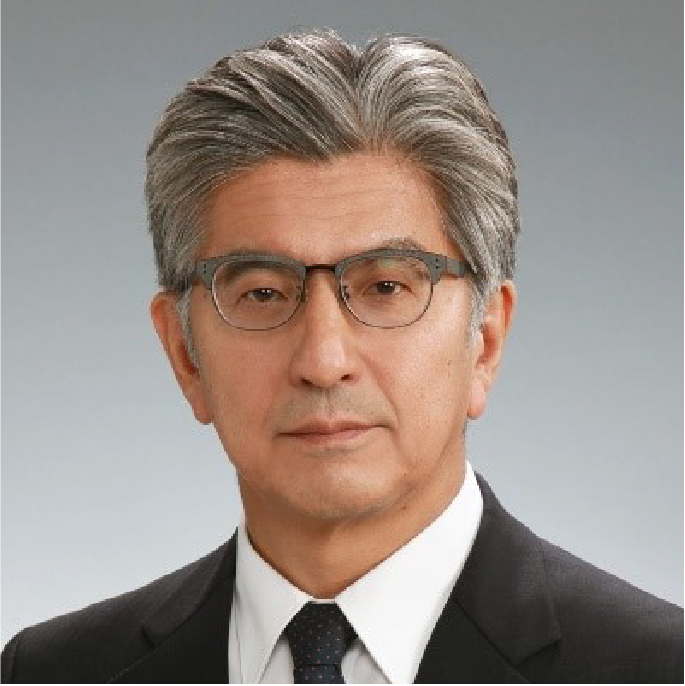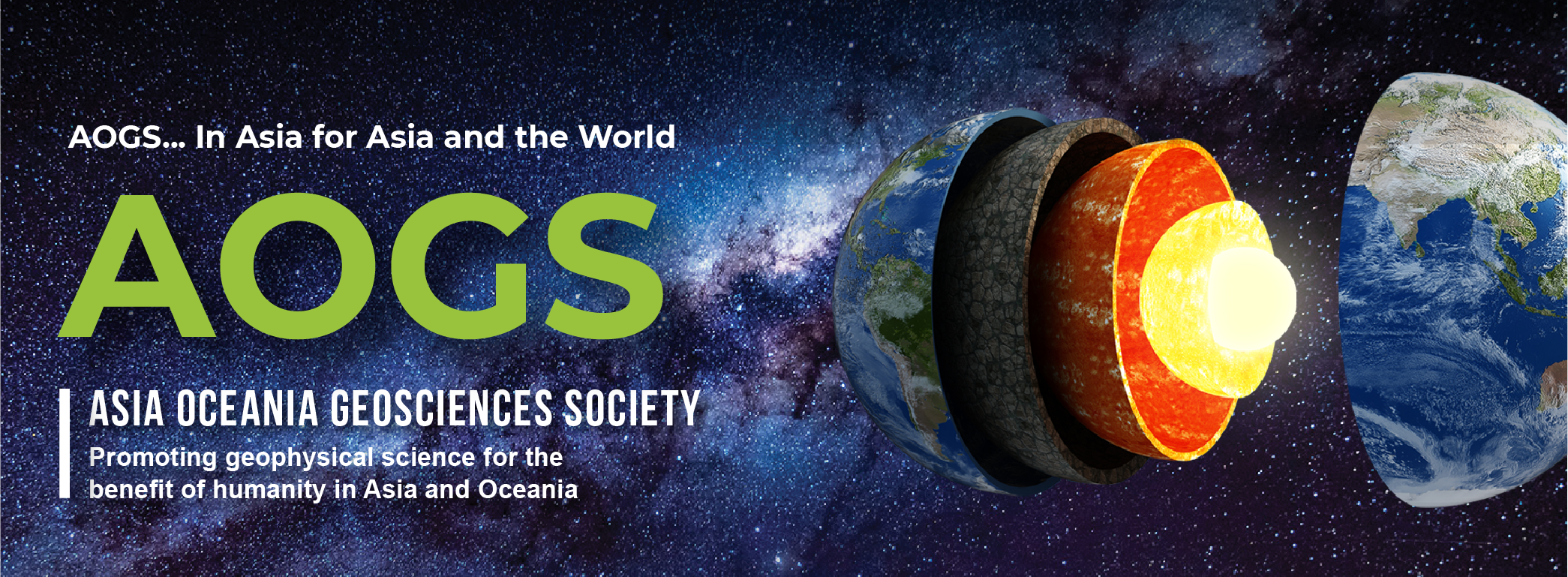
AOGS Axford Medal Award Recipient

2019-2020
2020 AOGS Axford Medallist
Associate Professor Kenji Satake
Earthquake Research Institute,
The University of Tokyo
Professor Kenji Satake is a pioneer. Over the past three decades, he made epoch-making accomplishments on giant earthquake and tsunami research with geophysical, geological and historical approaches.
In geophysical approach, he developed a tsunami waveform inversion method, which combines instrumental observation and the computer simulation of tsunami generation and propagation processes. Today this pioneering method is popularly used to study earthquake or tsunami sources, and is also applied by NOAA for tsunami warning using DART records. He has recently advanced the method to resolve temporal and spatial distribution of the 2011 Tohoku earthquake tsunami.
In geological approach, with his colleagues in Geological Survey of Japan, he mapped and dated tsunami deposits along the Pacific coasts of Hokkaido and Tohoku, and found that a 17th century earthquake along the Kuril trench and the 869 Jogan earthquake along the Japan trench were much larger than the recent 20th century earthquakes and produced larger tsunami inundation. It is noteworthy that his finding and warning were made before the 2011 Tohoku earthquake and tsunami.
In historical approach, he connected studies of Japanese historical literature, computer simulation of tsunami, and geological studies of past tsunamis in the Pacific Northwest of North America, and identified the size (M~9) and date (January 26, 1700) of the most recent earthquake in the Cascadia subduction zone. While the possibility of earthquake had been suggested and debated, his paper was a smoking gun for the controversy.
He has participated in AOGS since its beginning, or rather preparation and designing stage. He was one of the members who attended the very first interim meeting held in Taoyuan in 2002. At the first AOGS annual meeting, held in in Singapore in 2004, he became the first secretary general (2004-2006) of AOGS, and contributed to setting up the society and meeting. For example, helped draft the AOGS Constitution and revised it. He then served as President of the Solid Earth Science Section (2006-2008) and then AOGS President (2012-2014). His most significant contribution for AOGS may be on publication. He was Editor-in-Chief of Advances in Geosciences (proceedings volume) for 2011 and 2012. In 2014, he started Geoscience Letters, the official journal of AOGS, and has served as Editor-in-Chief since then. The Geoscience Letters has published approximately 180 high-quality papers, and more importantly has received the first Impact Factor of 2.283 and became an SCI journal in 2020. The future plan of AOGS discussed with the founders Ian Axford, Wing Ip and Yosuke Kamide during the 2002 meeting was thus accomplished.
David Wardle, Professor, AOGS Axford Lecturer 2017
